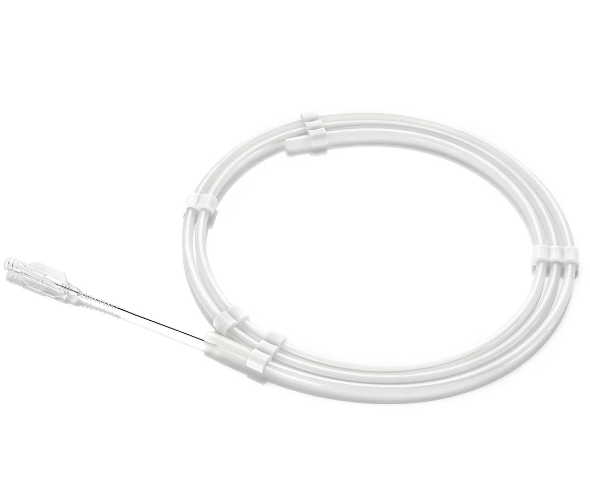We'd Love to Hear From You
Curious about product features, price quote, registration, delivery time, etc? We're ready to answer any and all questions within one business day.
PTCA balloon catheterization is a common procedure used to treat patients with coronary artery disease. The procedure involves inserting a small, inflatable balloon catheter into the narrowed or blocked artery and inflating the balloon to widen the affected area.
Before performing the procedure, it's important to properly prepare the patient and gather all necessary equipment. The physician should review the patient's medical history and ensure that they are not taking any medications that may interfere with the procedure. In addition, they should obtain informed consent from the patient and explain the potential risks and benefits of the procedure.
To insert the PTCA balloon catheter, the physician will use local anesthesia to numb the insertion site. They will then make a small incision and insert a guide wire into the affected artery. The balloon catheter is threaded over the guide wire and positioned at the site of the blockage. Next, the balloon is inflated to compress any plaque or blockage and widen the artery. The process may be repeated several times to fully restore blood flow.
During the procedure, the physician must carefully monitor the patient's vital signs and perform angiography to confirm proper placement of the catheter. They should also be prepared to manage any complications that may arise, such as bleeding or arrhythmias.

After the procedure is complete, the physician will carefully remove the balloon catheter. It's important to ensure that the catheter is removed slowly and gently to avoid damaging the artery or causing bleeding. The patient will be monitored closely for a period of time after the procedure to watch for any complications.
Following PTCA balloon catheterization, patients typically need to remain in the hospital for a period of time to recover. They may receive medications to reduce their risk of complications, such as blood thinners or antiplatelet agents. In addition, they may need to undergo cardiac rehabilitation to help them regain their strength and improve their overall health.
PTCA balloon catheterization is a highly effective procedure for treating coronary artery disease. However, it requires a great deal of skill and experience on the part of the physician performing the procedure. By following these tips, medical professionals can help ensure that PTCA balloon catheterizations are performed safely and effectively, helping patients to manage their symptoms and improve their quality of life.